|
Future Client: Is massage therapy an important part of a pet's rehabilitation program?
Me: It most certainly is! There are a number of ways massage therapy can be a part of your pet's rehabilitation, but first and foremost, it depends on what sort of rehabilitation is taking place. Here are a few examples, just to scratch the surface: Post surgery — Massage therapy must wait for a minimum of two weeks after surgery has occurred (or when stitches are removed) before becoming a part of the rehabilitation program. Massage will help promote tissue healing and helps with decreased mobility Injury such as a bone fracture — While the bone heals, it is important not to massage anywhere near the fracture site (in the case of a broken leg, the entire limb will be avoided), however, as I mentioned in my previous post, compensation will occur in other muscles that are taking on the job that the injured area cannot. This is where massage therapy comes in, relieving overworked muscles in compensating areas of the body. Psychological (animals suffering the effects of abuse or neglect, for example) — Not only will massage help in the physical recovery process involved in rehabilitation, you mustn't forget the positive psychological effect that massage can have. It creates a feeling of well-being, reducing stress, something you want to avoid as much as possible during the recovery and rehabilitation process. Importantly, the immune system will be strengthened as stress is also avoided. Neurological issues and trauma — Concussions, for example, can have a surprising impact on the entire body because of the potential damage to endocrine glands in the brain, damage to memory, emotion, learning and so on. Massage therapy will help calm and reconnect damaged nerves and increase mental alertness. The calmness provided relaxes the mind, body and spirit. This is also where the enhancement of the human-animal bond and general trust comes in to play. Detoxification (from poor diet, prescription drugs or perhaps post surgery) — Again, if after surgery, massage therapy must wait a minimum of two weeks. Lymphatic drainage massage is focused on the moving and draining of the lymph from the extremities into the lymph nodes for processing and elimination. The light, slow strokes involved are used to stimulate the peripheral nerves, blood and lymph vessels. While blood is being returned to the heart via the veins, lymph is encouraged to drain the tissues of interstitial fluid, filtering out larger particles, waste and toxic particles through the nodes. Lymphatic drainage massage also assists in the regeneration of tissue and stimulates the immune system. The purpose of massage is to relieve pain and loosen physical tension by the deliberate manual manipulation of muscle, sinew and joints, thereby improving elasticity, range of motion and circulation—all of which are profoundly affected by injury. Working to bring back any elasticity, ROM or circulation that may have been lost due to the injury, and due to the recovery (resting) process is precisely why massage therapy is an integral part of your pet's rehabilitation.
0 Comments
Click the image above to see my video and find out how to do a hydrotherapy wrap for your dog! (Please talk to your vet before performing a hydrotherapy wrap on your dog.)
I'd love to know what you think of my video once you've watched it -- please leave your comments here on this post! And continuing on with my breed series... Finnish Spitz were originally used for hunting birds and small mammals. Their coat is harsh, straight and medium in length, coming in shades of golden-red (puppies are born with black overlay that disappears when they reach about 8 weeks). * These are independent and somewhat stubborn dogs. They are alert, curious and playful and tend to be devoted to one person. They can be aggressive with strange dogs and reserved with strange people. They can also bark a lot. They need a long walk or vigorous run daily and their double coat needs brushing 1-2x weekly. * No health concerns of note! French Bulldogs have always been lap dogs. They have a smooth, short coat that comes in brindle, fawn, white, brindle and white and any colour not specifically mentioned as a disqualification. These Bulldogs are clowns that love to play and cuddle—the perfect companion! They need a short romp or walk every day, but not in hot weather. They cannot swim, but they snore and may wheeze. Their facial wrinkles should be cleaned regularly. * Health concerns include brachycephalic syndrome, intervertebral disc disease, hip dysplasia, allergies and patellar lunation Keeshonds come from the Netherlands and where barge watchdogs. Their coat is harsh, straight and medium in length coming in a mixture of gray, black and cream (also black muzzle, ears tail tip, and spectacle lines reaching from the eye corners to ears with lighter ruff, shoulders, trousers, legs, feet and tail plume).
* The Keeshond is an energetic, loving dog that lobes adventure, yet can also be easygoing. They learn quickly and are friendly to all, despite being an alert watchdog. They need a good daily walk combined with a vigorous game every day. Their double coat needs brushing twice a week. * Health concerns include hip dysplasia, epilepsy and patellar luxation. Future Client: How does massage therapy help when my pet is compensating for an injury? Compensation, when referred to in rehabilitative health care, is referencing the body's response to an area of the body that is suffering from some sort of discomfort. The body seeks to remove or reduce the sensation of pain in the damaged area by ceasing movement in the affected area and shifting away from that area. This means the centre of gravity changes and the balance of the body is shifted away from the painful area to healthier areas that are suffering less (or no) discomfort. This shift occurs in the opposite direction and the opposite side in relation to the painful area. It is a counterbalancing of the structure or function of one part of the body by increasing activity or muscle development in another or other parts of the body. For example, if a dog is suffering from arthritis in her right hip, she will shift her weight forward to her front assembly (opposite direction), and most of the weight towards her left forelimb (opposite side). Compensation protects the injured area and allows for healing, but this counterbalancing asks the body structure to perform tasks it is not originally intended to handle. Over an extended period of time, the compensating structures, while allowing healing in other areas, are themselves weakened and fatigued, leaving them susceptible to dysfunction and injury. This is why massage therapy is crucial in relieving this overused area (however temporary this overuse may be). Massage therapy works to keep the body as centred as possible, minimizing the weakening of an injured area while promoting healing, as well as relieving the fatigue from overwork that counterbalancing muscles and structures will suffer. This keeps the areas of compensation strong and healthy, so they don't become a new area of injury even as the original injury heals. Often, as in the case of arthritis, massage therapy can be conducted in/around the area of pain (the arthritic joint) as well as the compensating muscles opposite, but in other cases, such as damage to the actual bone, you do not want to perform any massage therapy in the area of injury, however, massage therapy CAN be administered in compensating muscles, therefore giving your pet a lot of relief, as these muscles are being overused. What else can you do? In large part, the injured or painful area needs to be healed to whatever extent it can be, so that compensation is no longer necessary, or at least lessens. Thanks for reading!
Want 50% off your next (or first) pet massage session? Email/Call/Text me with the code word COMPENSATION when you book — anytime before November 19th, 2019. Also, keep in mind that a group of three-four massages close together (no more than one week apart each) is the best way to see results more quickly. I offer packages of four massages for large dogs ($216), medium/small dogs ($168) and cats ($120), which will save you 20%! (This package cannot be combined with the above 50% off first massage offer). Look for my next post in the series, which deals with how massage therapy is a part of an injured pet's rehabilitation program, Tuesday November 19th, 2019… |
AuthorRegan is a certified Canine Massage Therapist (CCMT), has certification in First Aid and CPR for Pets, and some beginner training in Herbal Remedies and Aromatherapy for personal use. Archives
July 2024
Categories |


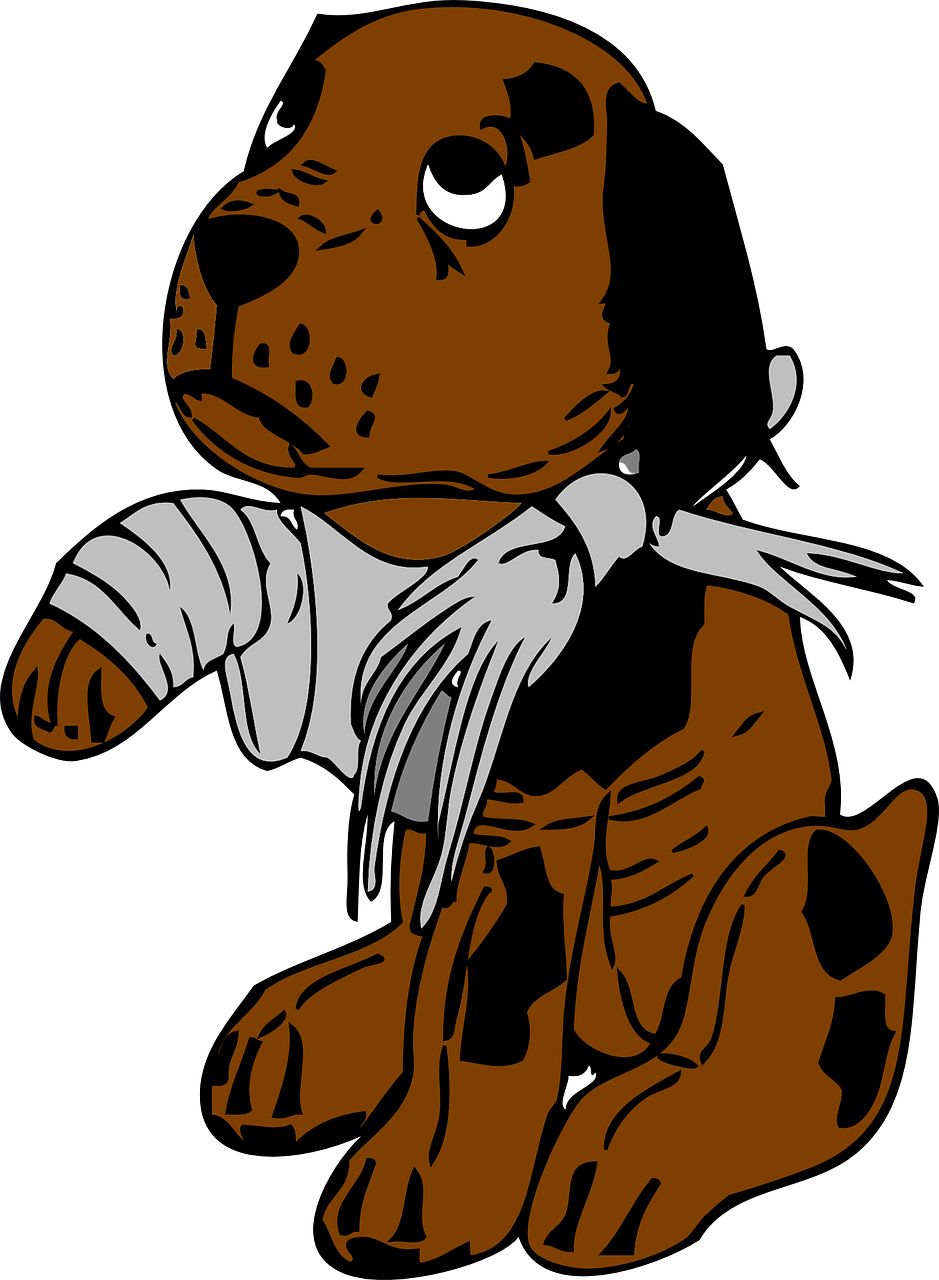
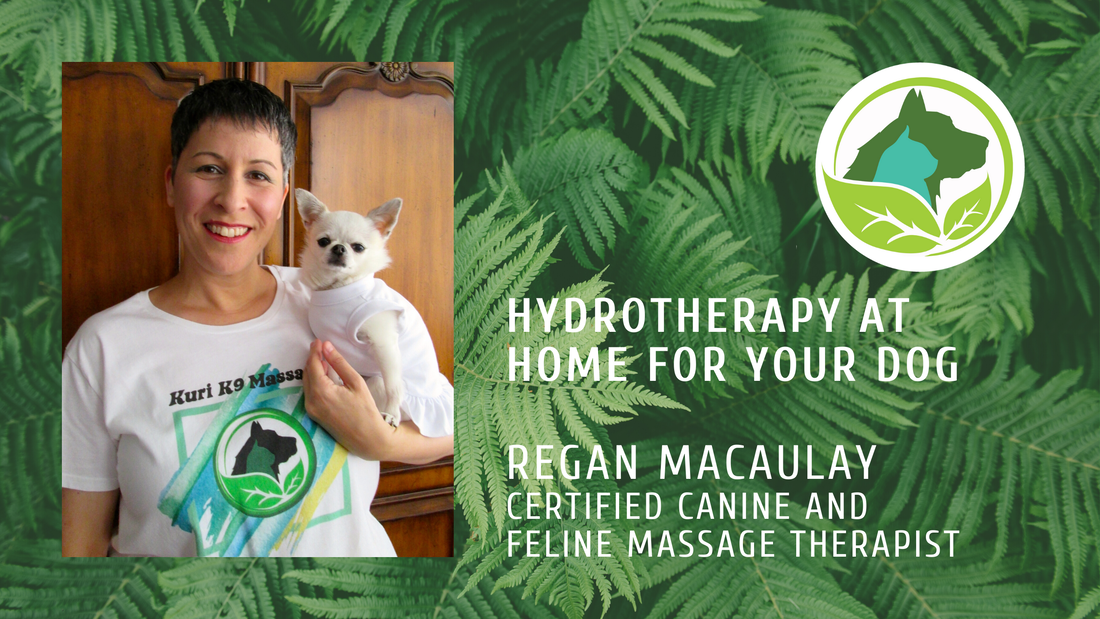
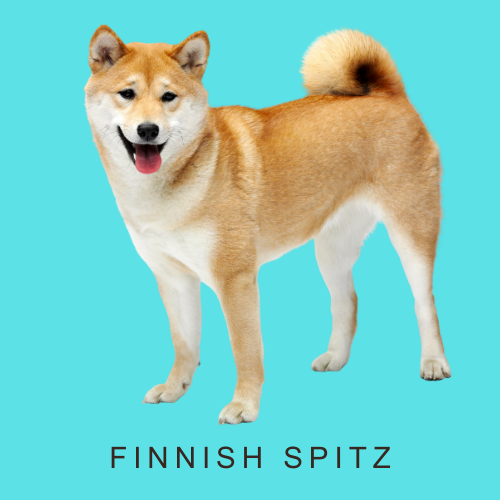
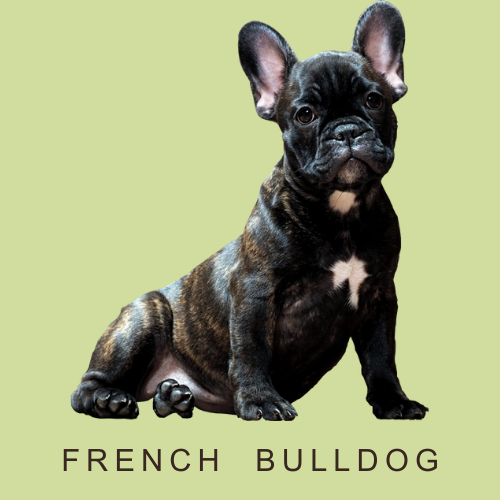
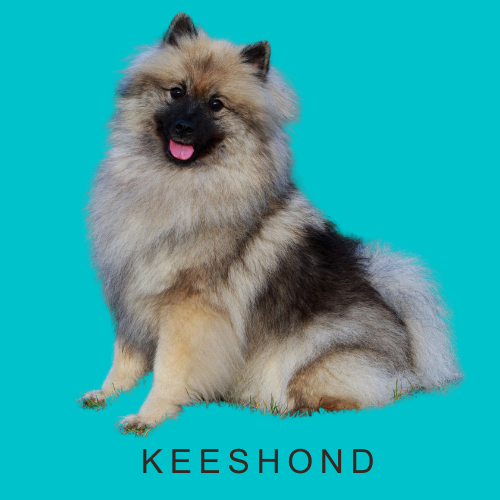
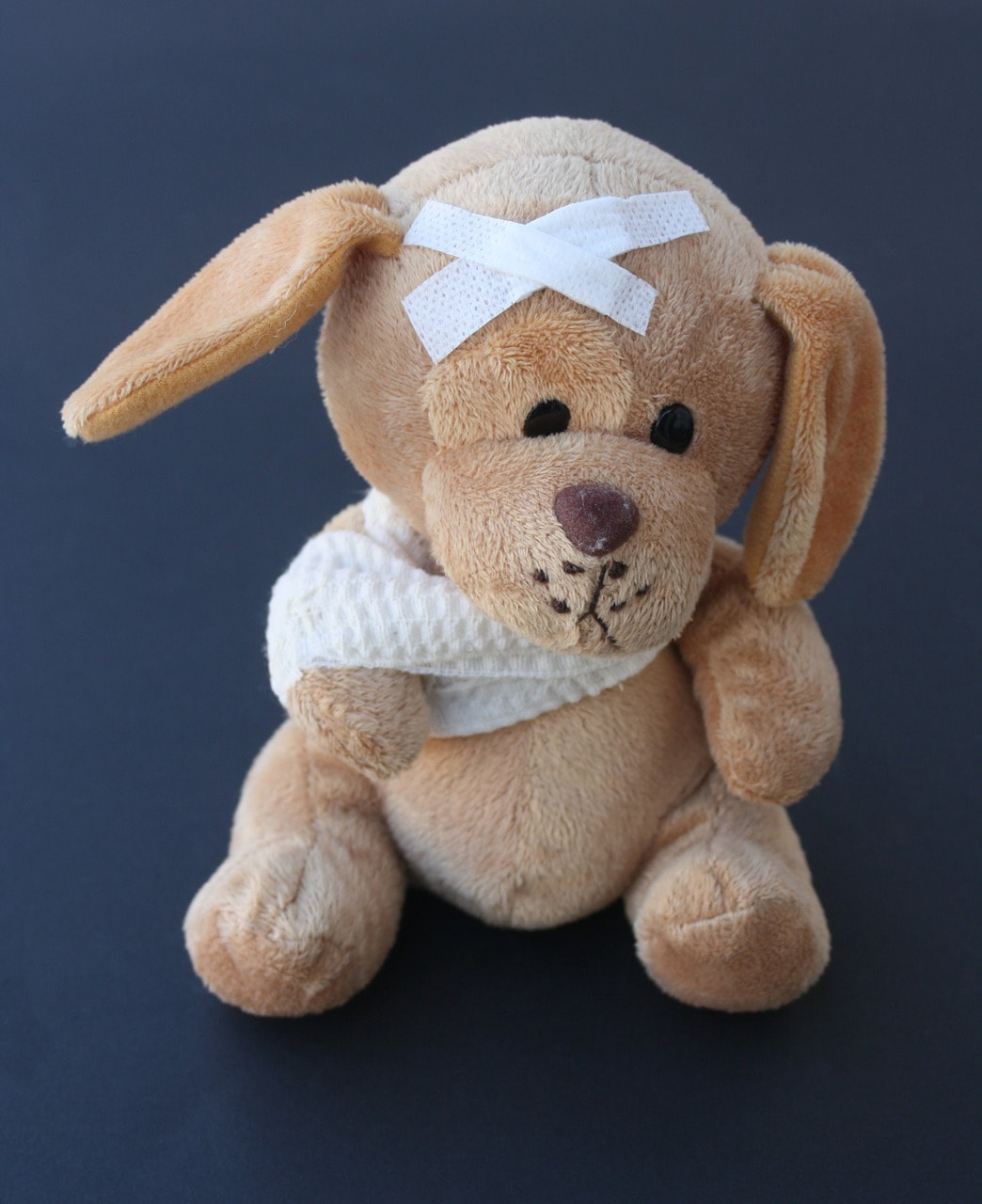
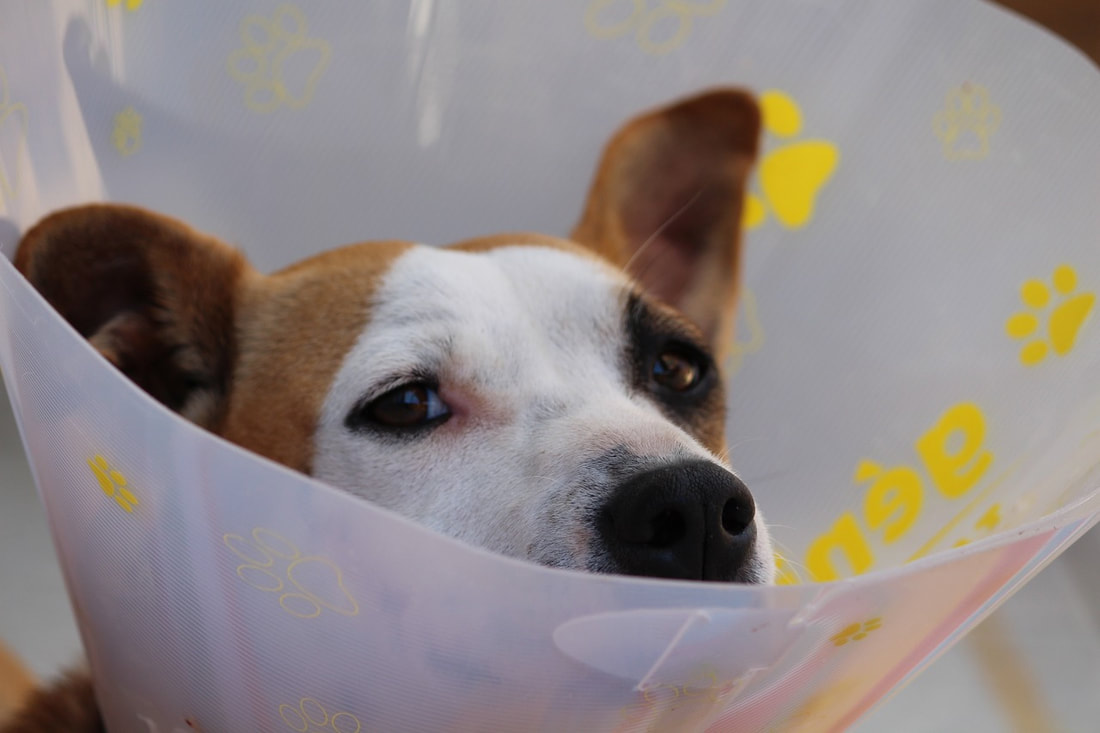
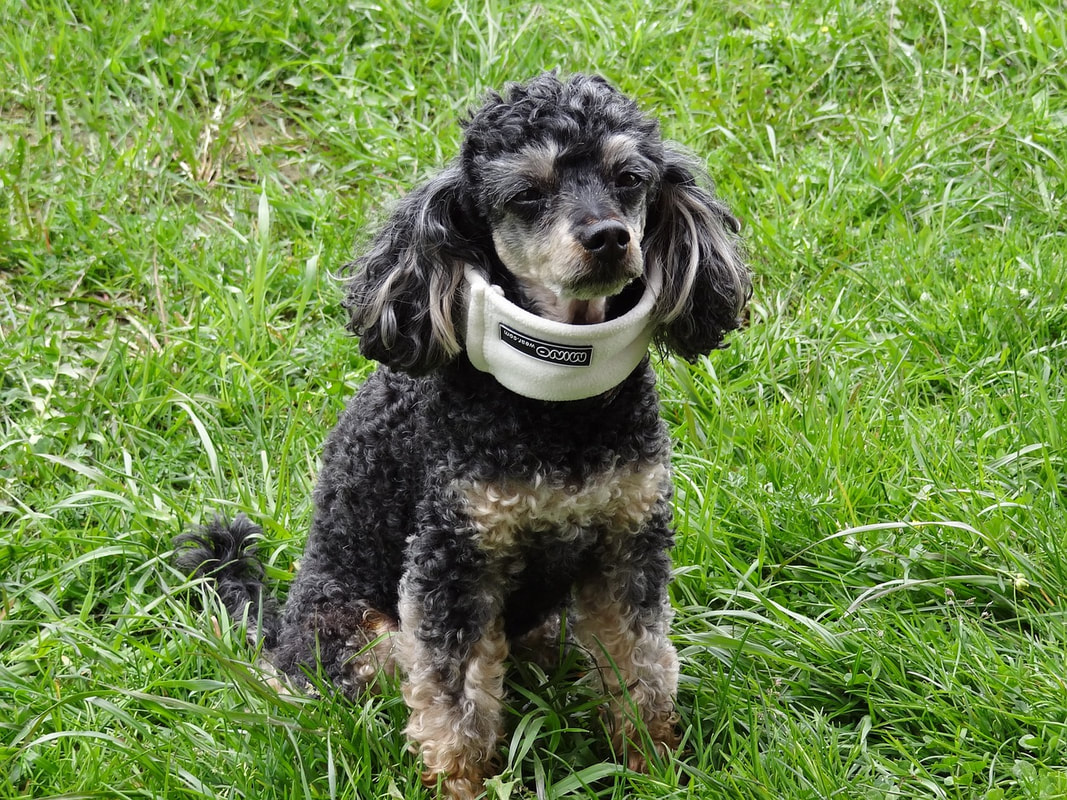
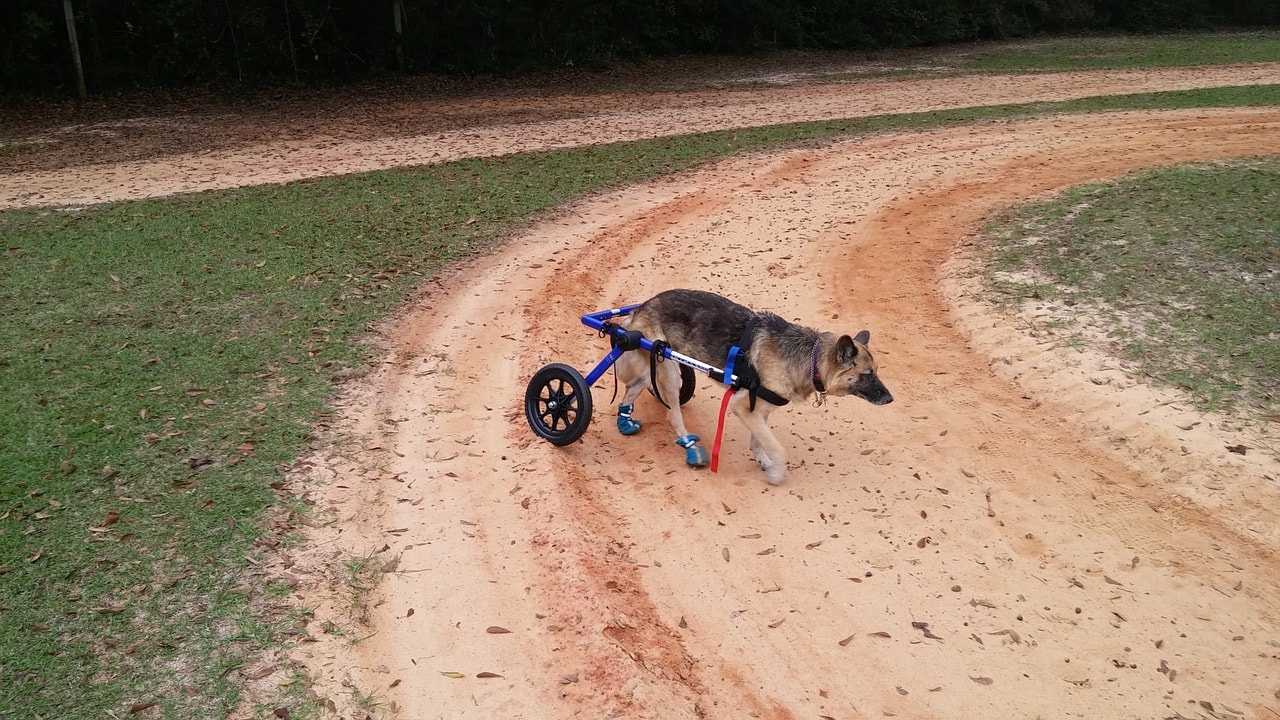
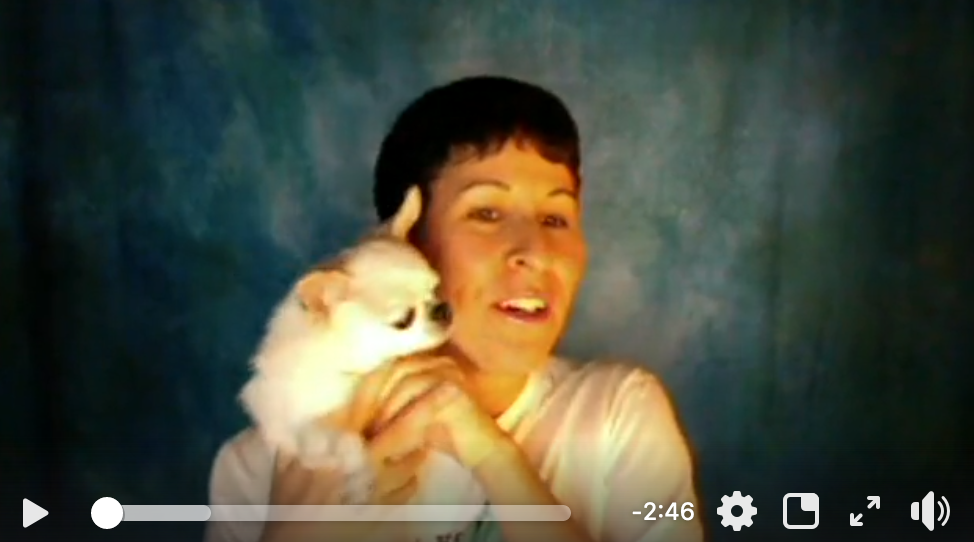
 RSS Feed
RSS Feed